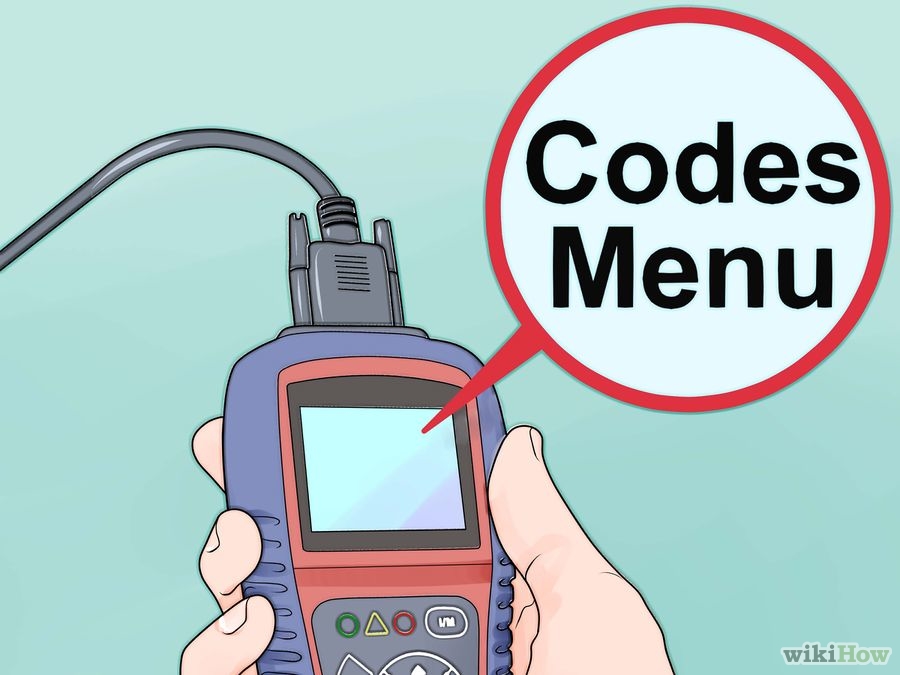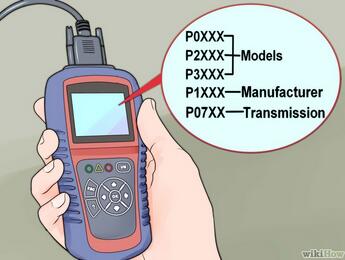
The use of cars is a continuous process and the OBD fault codes are scattered across all the faculties of the car. These car fault codes are usually programmed systems within the car engine to aid with the car identity. When these codes show up, an area of the car is not in order.
Knowing the OBD faults
The car OBD system comprises the manufacturer specific code system which is pegged on the information gotten from the manufacturer and are usually specific to the given car brand. This was the biggest dilemma faced by the old generation scans.
The generic codes are usually standard codes and spread across the car brands these codes are helpful in determining certain car faults which may run across almost all the car brands. Most of these codes are fed into the OBD computer memory as the data trouble codes (DTCs)
With the standardization and the subsequent use of the OBD2 Scanner, the process of knowing the fault codes has been rather uniform. The codes are made to display on the OBD screen with the turning on of the malfunction illuminating light/ or the malfunction indicator light (MIL) acting as the primary basis for action.
For its standard nature, the second generation diagnostic devices are enabled to work across several car brands. It then makes them to be able to give just uniform results in all the car brands. That was the primary aim of the society of automotive engineers (SAE).
The DTC codes
The OBD fault code system or the DTC is quite diverse and may not be exhausted in one given text. Each of the manufacturer specific and generic codes which are fed into the OBD 2 system has got its own specific meaning.
The manufacturer DTCs
Some of the manufacturer specific codes usually seen on the car OBD screen display include;
The DTC p0176-p0199 -sensors which are dealing mainly with issues to do with the car circuit performances and the temperature within the car engine.
The manufacturer DTCsThe DTC p0 100–p0199– dealing with areas to do with the car airflow, the pressure functions, the temperature functions and the circuits.
The DTC p0200- p0299 -which concern themselves with areas to do with the car fuel consumption, regulation and the area of speed these are important in helping regulate the fuel economy of your car
The DTC p0300-p0399- concerned with all the areas of the ignition switch, the misfiring functions and the possible solutions
The DTC p0400-p0499- which is mainly concerned with the car emission controls. It is a major area of the car OBD 2 system where the emission control plays the major role. This fault code checks on the exhaust gas circulation, flow and anything in short or excess.
The DTC p0 500-p0 599– is usually concerned with the speed controls and is easily seen on the display when the speed goes above the expected. This fault comes in the form of air control, idling checks, starters and the immobilization keys. it also regulates how the car picks speed
The DTC p0700-p0899 -which is usually faulting codes concerned with the vehicle transmission system. Most of the areas covered dwell on the vehicle range sensors and the electrical relay systems within the car engine.
The DTC p0600-p0699 -which are concerned with checking whether the car engine computer system is in its correct state. When the memory or just the data saving module is not functioning, you are bound to notice this with the code appearing.
The generic fault codes
However, of note is the fact that the appearance of the diverse generic diagnostic codes has aided the process of car diagnostic scan use in a great deal. For instance, among the several millions of the generic codes some of them which we can lay our hands on include the following;
The P2000 Series– which are concerned with the car power train areas. These are usually advanced codes and they have diverse manifold readings. In particular, the control of the fuel use can be seen with specific diesel filter efficiency codes.
The P3000 series– are in particular concerned with the diagnosis of the power train malfunctions within the car and helps with the control of the areas of intake with the control valves of the exhaust being within its radar.
The diversification of the obd2 code reader is in itself a significant show of how wide the OBD fault codes are. Without just a proper model of the OBD tool, which may in some cases be the Bluetooth ones, scanning may still go to naught.
With these codes, the correction process of the car system becomes quite easy. However, it may not be easy to the mechanic when the OBD language is also not set to be within the universal language of the area of repair.
The on board diagnostics is an installed system which works on its XTOOL when connected. But in all, having the data displayed on the screen is worth the effort, if you have to apply any.

